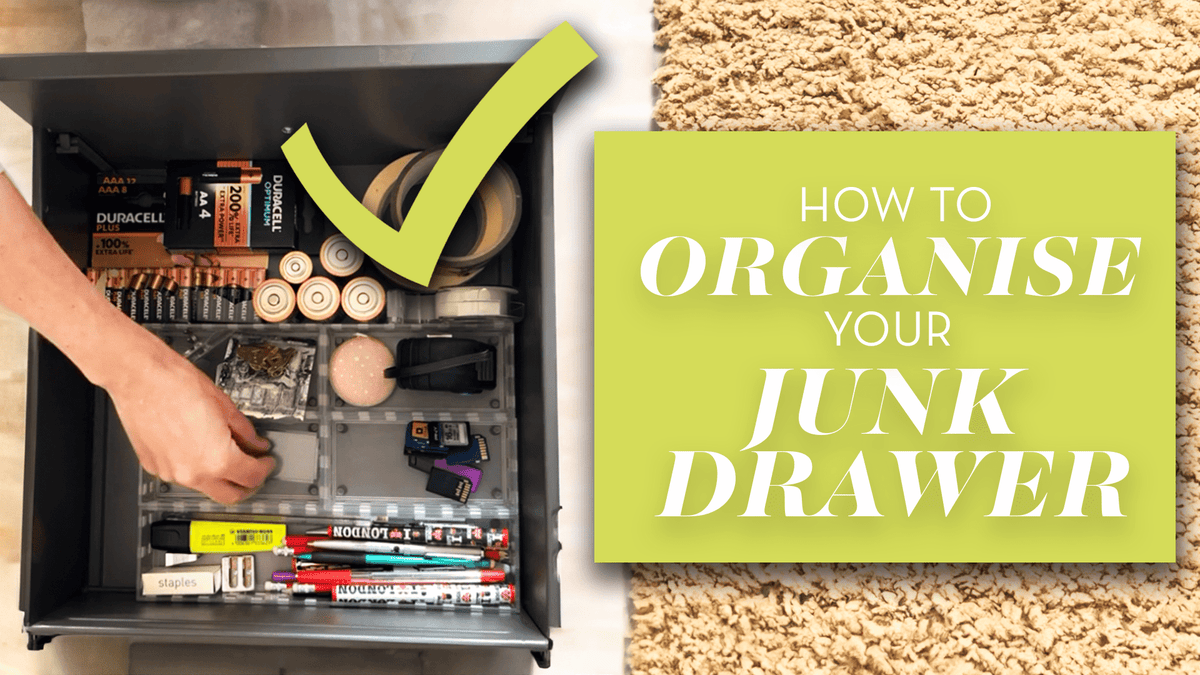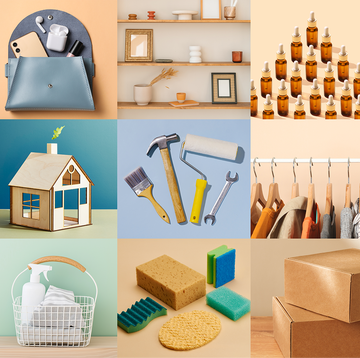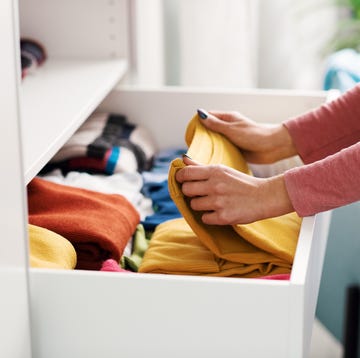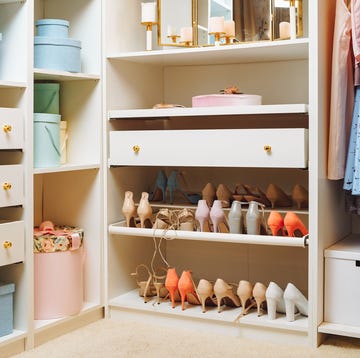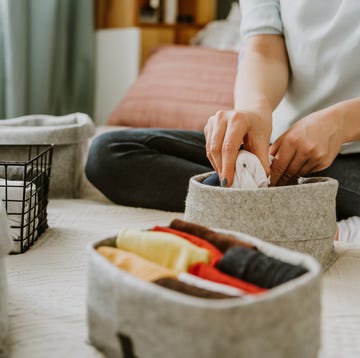Decluttering is a big part of any spring-clean, and one of the worst rooms to sort is, hands down, the garage. This dark, hidden space tends to be a dumping ground for all kinds of clutter, ranging from old paint cans to broken appliances and forgotten children’s toys.
We’re here to tell you that decluttering your garage doesn’t have to be an uphill battle. In fact, we’ve come up with five simple steps to guide you through the process, so you can turn this mountain of mess into a calm and collected space, where every tool has a home.
1. Take it outside
Depending on how you are for time and outside space, you can approach a garage clear-out in one of two ways: get everything out of the garage at once or tackle one area at a time.
The advantage of taking the ‘everything out’ approach is that, like in the popular BBC TV programme Sort Your Life Out, you can instantly see what you have, what items are duplicated and what you can easily get rid of straight away – there’s no place to hide.
‘You can’t begin to organise until you know what you own and what’s actually lurking in your garage,’ says Robin Antill, garage design expert of 1st Choice Leisure Buildings. ‘Start by removing everything from the room. As you go, decide what you’ll keep and what can go, keeping your ideal vision for your garage in mind.’
If this seems like an overwhelming task, or one that’s simply not possible to fit in in the time available, focus instead on a section of your garage and clear that area out. Physically removing things from the space and sorting them on your driveway, for example, means that you’ll declutter far more effectively than just sorting through things lying around in drawers and on the floor.
2. Be ruthless with what you have
Now you can see what you’ve been keeping in the garage, you can start to sort through it. Be focused and determined – will you really get round to fixing that wardrobe? Will you ever use that exercise bike? Why have you kept the kids’ skateboards that they outgrew years ago?
Sort items into different piles: for the rubbish bin or tip, to donate, to sell, to keep or to recycle. And make sure you don’t run out of time and just put them back in the garage at the end – once it’s out, it stays out!
Try to avoid creating an ‘unsure’ pile to revisit later. This often never gets addressed and just finds its way back into the garage.
If you find you’re struggling to make decisions, consider when you last used the item and whether you knew it existed beforehand. Ask yourself if it still has value to you or whether it would likely have more value for someone else. You could even ask someone else to help to give you a fresh perspective.
3. Check your garage walls, electrics and windows
The next step is to give your garage a good clean and check for any safety hazards or damage.
‘Clear corners, remove cobwebs and address any spills; remove any nails that may be sticking out and fill in any holes in the walls,’ says Robin. ‘Check electrical outputs are in good working order and that they’re safe. The more functional and up-to-standard your garage is, the more useful it will be to you and the easier it will be to organise,’ he says.
‘Don’t forget to also look out for any mould, dampness or mildew, as well as ensure window seals are still intact to prevent any future water damage.’
4. Plan your layout
When we move to a new house, it’s easy to just chuck stuff in the garage at random and then never get around to actually deciding on the best place for things to go. Now’s your chance to really choose where to put things. Bikes should go near the door, for example, so they’re easily accessible.
Electrical items should be near plugs, while hammers and screws should be near your workstation; consider what items should be close together and easily accessible, or which items are used only occasionally – winter gear such as skis and sledges, for example – so these can be packed away.
Bear in mind that your tools, whether gardening or DIY, should be stored separately while in the same vicinity, so they won’t scratch one another – each needs a dedicated space where it can be easily found and replaced.
5. Select your storage solutions
Effective use of hooks, shelves and boxes can be a great way to expand the space you already have, as well as making sure items stay put in that space.
You can install ceiling-mounted racks or shelves for items that are used seasonally or less frequently, such Christmas decorations, camping gear or beach toys. Box up smaller items so that they’re kept together. Wall-mounted hooks and pegboards are also versatile options for hanging tools, sports equipment and gardening tools, meaning that they’re kept within easy reach while also being tidied away.
If there’s a loose hose in your garage, you can also invest in a hose holder to keep it wound.
Think creatively
A handy tip to keep footballs from roaming loose around your garage is to attach bungee cords vertically between shelves and the floor. This will keep the balls in one place while still keeping them accessible.
Another smart tip is to attach see-through jars to the underside of shelves by their lids, so you can easily access nails etc, without taking up shelf space.
Label everything
And don’t forget to label everything, as it makes it so much easier for other people as well as yourself to find in the future. Opaque boxes containing screws, tools or bike parts aren’t of much use if they’re completely anonymous, meaning similar items will end up in a completely different place.
If it’s not obvious, it can help to label where the item is stored, too, so you won’t forget while you use it.








